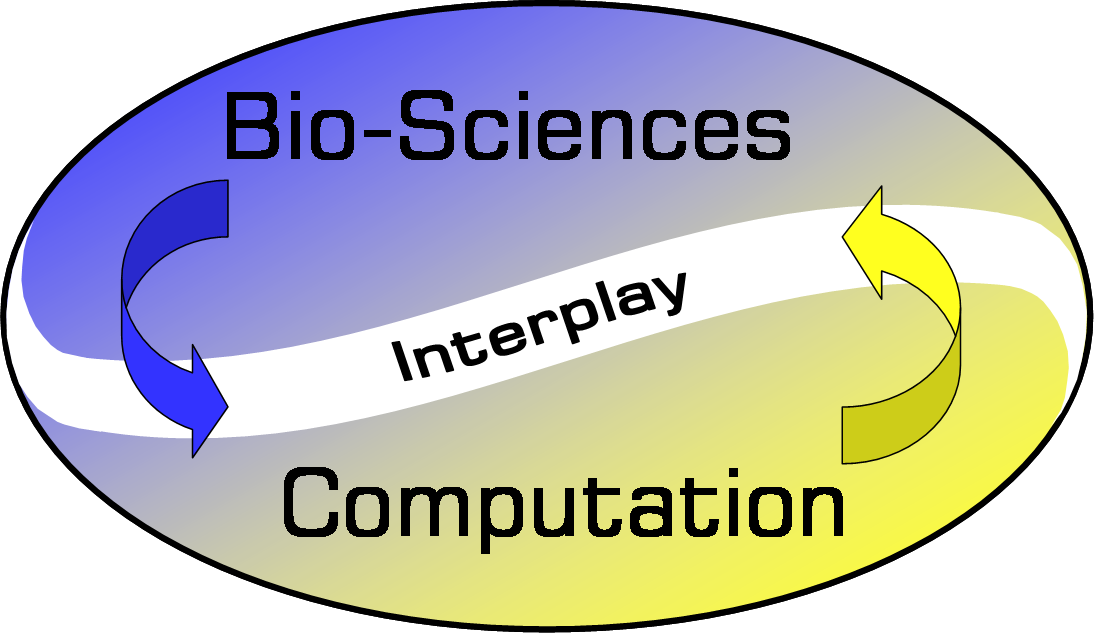 International Work-conference on the Interplay between Natural and
Artificial Computation
International Work-conference on the Interplay between Natural and
Artificial Computation
 International Work-conference on the Interplay between Natural and
Artificial Computation
International Work-conference on the Interplay between Natural and
Artificial Computation
To address the two questions exposed in the scope of IWINAC2015, we will make use of a wide and comprehensive view of the Computational Paradigm (CP) that first consider three levels of description for each calculus (physical mechanisms, symbols and knowledge) and then distinguish between two domains of description (the level "own" domain and the domain of the external observer).
This wider view of the CP allows us more elbow room to accommodate the results of the interplay between Nature and Computation. The IWINAC forum becomes thus a methodological approximation (set of intentions, questions, experiments, models, algorithms, mechanisms, explanation procedures, and engineering and computational methods) to the natural and artificial perspectives of the mind embodiments problem, both in humans and in artifacts.
|
1
Interplay at the Physical Level
|
|
|
From Artificial to Natural
1.1 Computational
Neuroscience
|
From Natural to Artificial
1.2 Bio-inspired
Circuits and Mechanisms
|
|
2
Interplay at the Symbol Level
|
|
|
From Artificial to Natural
2.1 Neural Coding and
Neuro-informatics
|
From Natural to Artificial
2.2 Bioinspired
Programming Strategies
|
|
3
Interplay at the Knowledge Level
|
|
|
From Artificial to Natural
3.1 Computational
Foundations and approaches to
the study of Cognition
|
From Natural to Artificial
3.2 Bioinspired
Engineering AI&KE
|